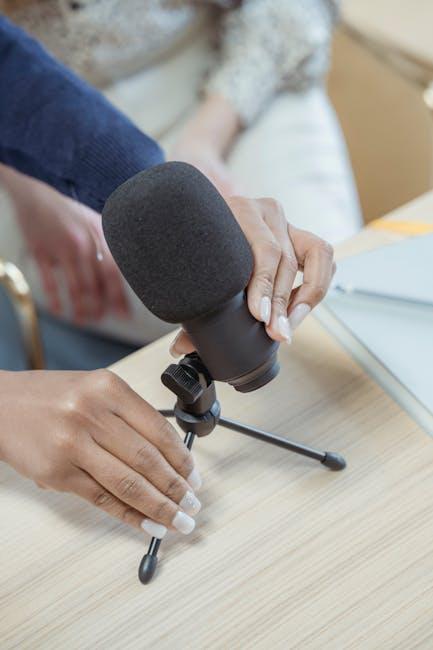Navigating the intricacies of an insurance claims investigation can be a daunting process, fraught with uncertainty and complex procedures. Whether you’ve recently filed a claim due to a car accident, property damage, or a health-related issue, understanding what to expect during this investigation is crucial for ensuring a smooth and successful outcome. This article aims to demystify the claims investigation process, providing you with a clear and comprehensive guide to what lies ahead. By outlining the key steps involved, the roles of various parties, and the documentation required, we equip you with the knowledge and confidence needed to effectively manage your claim. Prepare to gain an authoritative insight into the procedural landscape of insurance claims investigations, empowering you to advocate for your rights and navigate potential challenges with ease.
Understanding the Claims Investigation Process: A Step-by-Step Guide
When you file an insurance claim, understanding the claims investigation process can help you navigate the complexities involved. This process is crucial for determining the validity of your claim and ensuring that you receive a fair settlement. Here’s a breakdown of what typically occurs during an investigation:
- Initial Review: After your claim is submitted, the insurance company will conduct a preliminary assessment to ensure all necessary documentation is complete. This includes reviewing your policy details, incident reports, and any supporting evidence.
- Assigning an Adjuster: A claims adjuster will be assigned to your case. Their role is to gather more information, which may involve contacting you for further details, visiting the site of the incident, or consulting with experts.
- Evidence Collection: The adjuster will collect evidence such as photos, videos, and witness statements. This step is critical for corroborating the details of the claim.
- Analysis and Evaluation: The gathered evidence is analyzed to determine the extent of the insurer’s liability. The adjuster will compare the findings with your policy terms to assess the claim’s validity.
- Decision and Settlement: Once the investigation is complete, the insurance company will make a decision. If the claim is approved, a settlement offer will be made. If denied, you will receive a detailed explanation of the reasons behind the decision.
Understanding these steps can empower you to provide the necessary information promptly and respond effectively to requests, ultimately facilitating a smoother claims process.

Key Documents and Information Needed for a Smooth Investigation
To ensure a seamless claims investigation, it’s crucial to gather and prepare a comprehensive set of documents and information. This preparation not only expedites the process but also helps in clarifying any ambiguities that may arise. Below is a list of key documents typically required:
- Policy Documents: These include your insurance policy and any related endorsements. Having these at hand helps verify coverage details and specific terms.
- Incident Reports: Provide any official reports or statements related to the incident, such as police or fire department reports.
- Photographic Evidence: Photos or videos capturing the damage or loss can significantly support your claim.
- Receipts and Invoices: Gather all purchase receipts, repair estimates, or invoices related to the damaged or lost items.
- Correspondence Records: Keep a record of all communications with the insurance company, including emails and letters.
Having these documents readily available can make a substantial difference in the efficiency and outcome of your claim investigation. Be sure to keep copies for your records and consider organizing them in a digital format for easy access and sharing.
Common Pitfalls to Avoid During an Insurance Claims Investigation
- Incomplete Documentation: One of the most frequent errors is failing to provide all necessary documentation. Ensure you have collected all relevant receipts, photos, and any other evidence that supports your claim. Missing documents can lead to delays or even denial.
- Inconsistent Statements: Be consistent in your communication. Any discrepancies in your statements could raise red flags and complicate the investigation process. It’s crucial to stick to the facts and avoid any embellishments.
- Delayed Reporting: Time is of the essence when it comes to filing a claim. Report the incident to your insurance provider as soon as possible to avoid any suspicion of fraud or negligence.
- Ignoring Policy Details: Not understanding your policy can lead to unrealistic expectations. Familiarize yourself with what is covered and the procedures involved, so you can navigate the claims process more effectively.
- Lack of Communication: Maintain regular contact with your claims adjuster. Open lines of communication can help clarify any misunderstandings and ensure that the process runs smoothly.

Effective Communication Strategies with Your Claims Adjuster
Establishing a solid rapport with your claims adjuster is crucial for a smooth insurance claims investigation process. Here are some effective communication strategies to ensure clarity and efficiency:
- Be Prepared: Before your first interaction, gather all relevant documents such as your insurance policy, any correspondence related to the claim, and detailed accounts of the incident. This preparation helps you provide accurate information and sets a professional tone.
- Ask Questions: Don’t hesitate to seek clarification on anything you don’t understand. Inquire about the timeline, the steps involved in the investigation, and any specific documentation required. This demonstrates your engagement and commitment to the process.
- Keep Communication Clear and Concise: When communicating via email or phone, be direct and to the point. Clearly state your questions or concerns and avoid unnecessary details that might complicate the conversation.
- Document Everything: Keep a record of all communications with your adjuster, including dates, times, and the essence of discussions. This not only helps in keeping track of the progress but also provides a reference if disputes arise.
- Follow Up: If there are delays or you haven’t heard back within the expected timeframe, a polite follow-up can ensure your claim remains a priority. Consistent communication shows your dedication and helps maintain a good relationship with the adjuster.
Adopting these strategies will not only facilitate a smoother claims process but also empower you to handle the situation with confidence and assertiveness.

